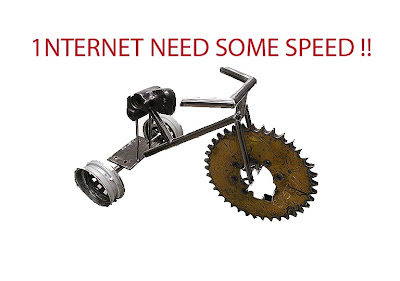
#
Step 1
Click "Start ." Go to "Control Panel." Go to "Network and Internet Connections" and then to "Internet Options." Under "Browsing History," click "Delete." Press the "Delete Files" button at the top of the dialogue box. When the files are deleted, click the "Settings" button under "Browsing History." Under "Check for Newer Versions of Stored Pages" select "Automatically." Type 75 in the field beside "Disk Space to Use" if you have a DSL connection. Type a number between 250 and 1024 if you're using dial-up. Click "OK."
#
Step 2
Check the telephone lines that you use to connect to the Internet, especially if you have dial-up service. If you hear noise or crackling on the line, replace the telephone cable that connects your modem to the telephone jack. If this doesn't solve the problem, contact your telephone company for repair.
#
Step 3
Run a full virus scan using a trusted antivirus software program. If the program finds viruses on your computer, remove or quarantine them immediately. Also, run a full scan for spyware that may be installed on your computer. If you are certain that the threat is not part of a software program you installed yourself, follow the anti-spyware program's instructions to remove the files. If you did install the software that the spyware is connected to, consider uninstalling it using "Add/Remove Programs" in "Control Panel."
#
Step 4
Upgrade your dial-up modem to one that can operate at 56 kilobytes per second. This is necessary only if you have a dial-up connection and are using a slow and outdated modem.
#
Step 5
Disable images and active content ,such as videos and animations, in your browser. Click "Start"; go to "Control Panel," then to "Network and Internet Connections" and finally to "Internet Options." Click the "Advanced" tab. Under "Multimedia," uncheck the boxes beside "Show Pictures," "Play Sounds," "Play Videos" and "Play Animations." Click "OK."
#
Step 6
Upgrade to DSL if you're using dial-up. DSL connections are not subject to the same connection problems as are dial-up connections. For example, most noise on your telephone line will not affect your DSL connection, since DSL signals are sent on frequencies that are not used in ordinary telephone transmissions. Also, many Internet providers are selling DSL service for a price that is comparable to dial-up. If you already have DSL, you may be able to get a faster connection for only a few dollars more per month.
1 comment:
Thanks for the advice ! It works!
Post a Comment